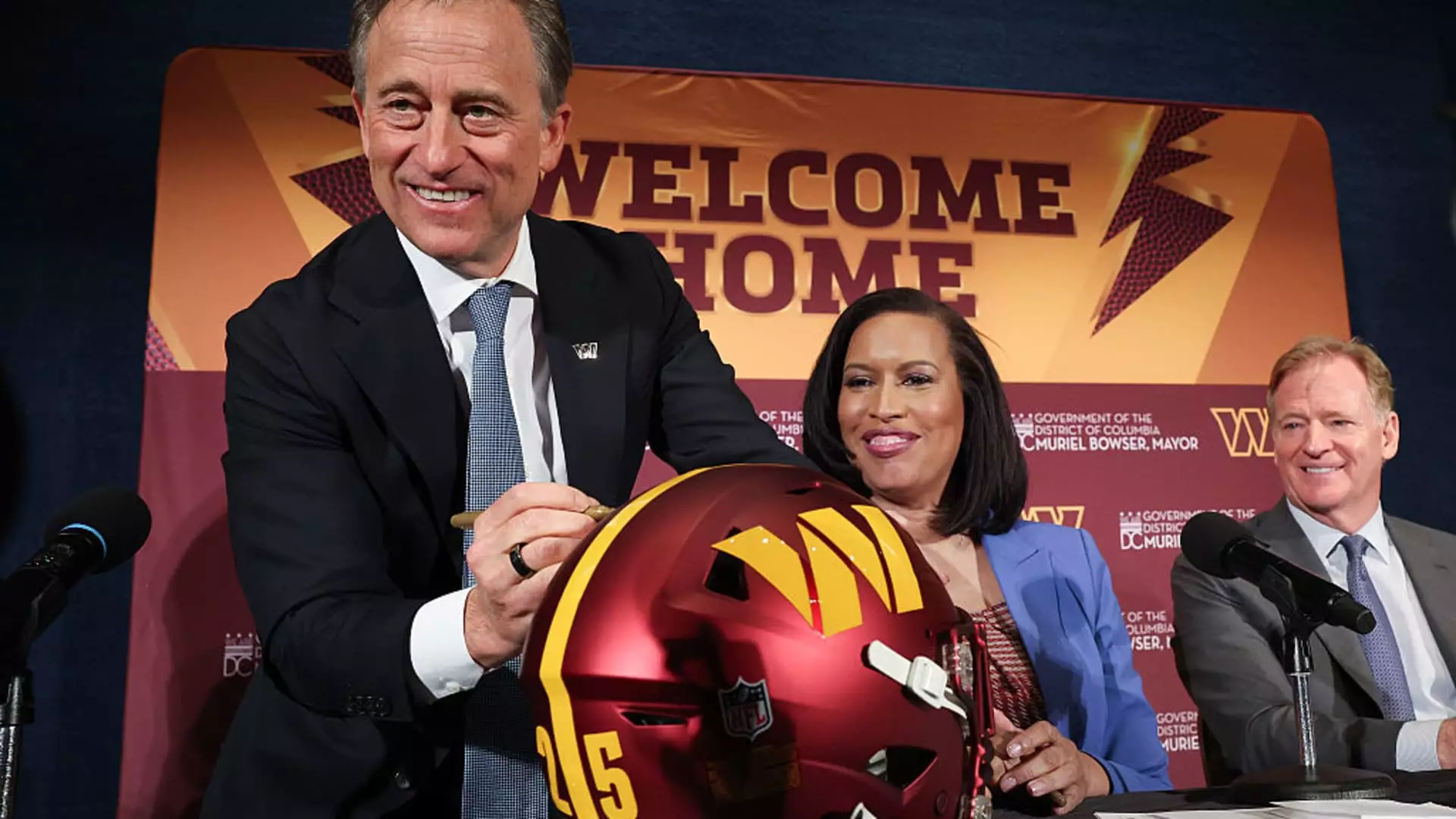The Washington Commanders saga has taken another dramatic turn as the team reestablishes its roots in Washington, D.C., almost three decades after leaving RFK Stadium. One cannot help but feel the weight of nostalgia attached to this move, as RFK represents a storied past filled with triumphs and loyal fans. It’s not just a relocation; it symbolizes a return to glory during a time when the team desperately needs to rekindle that magic. However, the enthusiastic homecoming is shrouded in complexity, raising numerous questions about the true cost of this ambitious venture.
The Sky-High Price Tag and Its Real Implications
At the heart of this development is a staggering $3.7 billion price tag. The Commanders plan to invest $2.7 billion, with the city chipping in an additional $500 million for sports facilities—an amount that raises eyebrows. The details reveal that the funding largely stems from taxpayer money, which begs the question: are sports franchises entitled to such public subsidies? Critics argue that funds could be better allocated to pressing social issues: education, housing, and public health. If the city is truly the “Sports Capital,” as Mayor Muriel Bowser suggests, should public resources be prioritized for a private enterprise’s extravagance?
Job Creation or Illusion? A Closer Look
Commanders managing partner Josh Harris has touted the potential for 2,000 permanent jobs and a $4 billion tax revenue boost over 30 years. While these figures paint a rosy economic future, skepticism remains. Historical data shows that promises of job creation often fall short of anticipation, particularly in sports-related projects. Will the community reap substantial benefits, or will they merely fill a void, leaving many to question if the supposed windfall is merely a mirage in the desert of economic despair?
A New Landmark Amid Urban Development
The proposed redevelopment surrounding the new stadium includes not just another sports venue but housing, retail spaces, and parkland. It’s hard not to view this as an attempt at urban transformation that could significantly impact local neighborhoods. While mixed-use developments typically benefit from diversification, one must wonder about the potential displacement of existing communities. Will the new constructions cater only to affluent clientele, further widening the socioeconomic gap in a city that is already grappling with inequality?
A Symbol of Hope or Division?
For many fans, the Commanders’ return is a long-awaited victory, but for others, it might symbolize further divisions that come with gentrification. As the franchise prepares to claim its space in a revitalized D.C., the narrative weaves a complex tapestry of pride and unease. Can this development be seen as a unifying force for residents, or will it exacerbate divides between long-time locals and incoming affluent populations?
As discussions continue, it’s clear that the Commanders’ homecoming is far from just a football story. At its core, it’s a reminder of the multifaceted impacts of public-private partnerships and the heart-wrenching dilemma of community versus capitalism. As stakeholders clamored for a return to an iconic sports venue, they must also grapple with the larger implications of what this return means for all Washingtonians.

